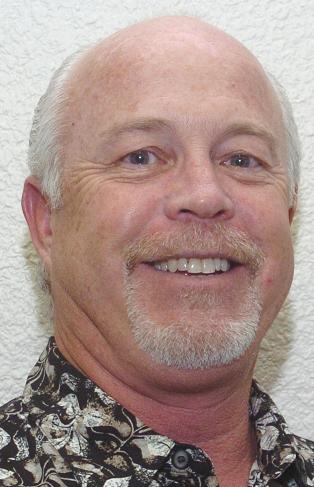On his first visit to the U.S. Holocaust Museum in Washington, D.C., Cottonwood City Manager Doug Bartosh learned how relaxed morals and bigotry spread among the German public, even among police, effectively transforming the state into a society of outlaws by 1938.
A series of displays at the museum took Bartosh and other visitors on the same journey a middle class Jewish child took, from her comfortable house to an uncomfortable apartment, then to a miserable ghetto shanty and finally, a work camp. The legal process that swept away most of the Jews in Europe was enforced by police officers.
“How could this happen?” Bartosh asked.
Bartosh just finished a week in Washington, D.C., trying to answer that question as an ethics educator in training at the U.S. Holocaust Museum. His training is the first time the museum agreed to certify an unaffiliated expert to teach ethics to peace officers.
Bartosh, city manager since 2008, worked as Cottonwood police chief from 2004 to 2008 before ascending to his current position as the city’s chief executive. He also worked as the Scottsdale police chief before coming to Cottonwood.
He said he will schedule another week of training at the museum soon and plans to start teaching law enforcement officers about the ethics of the Holocaust in fall.
Readers may wonder how the Holocaust relates to police ethics, Bartosh said.
The Holocaust is the name given by historians to a period of genocide promulgated by Nazi Germany on a variety of European minority groups before and during World War II.
The disenfranchisement, dehumanization and destruction of these groups fell disproportionately on the Jews. Roughly
6 million died at the hands of the Germans during World War II, Bartosh said.
“Hitler and the Germans,” an exhibit at the German Historical Museum this month, demonstrates the depth and breadth of Hitler’s support among the common people, most of whom idolized “Der Führer” on quilts, trading cards and household appliances. It shows how the common people of Germany, including the police charged with maintaining law and order, were drawn into the hateful Nazi ideology, Bartosh said.
“How could this have happened?” Bartosh asked. “What causes a police officer, of all people, to support a criminal regime like that?’
By studying how the laws used to implement the Holocaust corrupted the officials called on to enforce them, the Holocaust serves as a powerful cautionary tale about how law-abiding people can mutate under pressure from a sufficiently powerful ideology.
Enforcing laws against groups of people based on their ethnicity or religion is illegal under the U.S. Constitution and violates the police code of ethics, Bartosh said
Another ethical debate sparked by the Holocaust discussion: The Thin Blue Line, a reference to the belief that police officers cover up the criminal and ethical lapses of their fellow officers because they must depend on each other in life-and-death situations, Bartosh said.
“Rodney King is a perfect example,” Bartosh said. “Police officers standing around while a guy is getting beat up. We never would have heard about that if somebody hadn’t shot a video of it.”
Bartosh will eventually educate all law enforcement officers in the county about ethical values learned from the Holocaust, he said.


